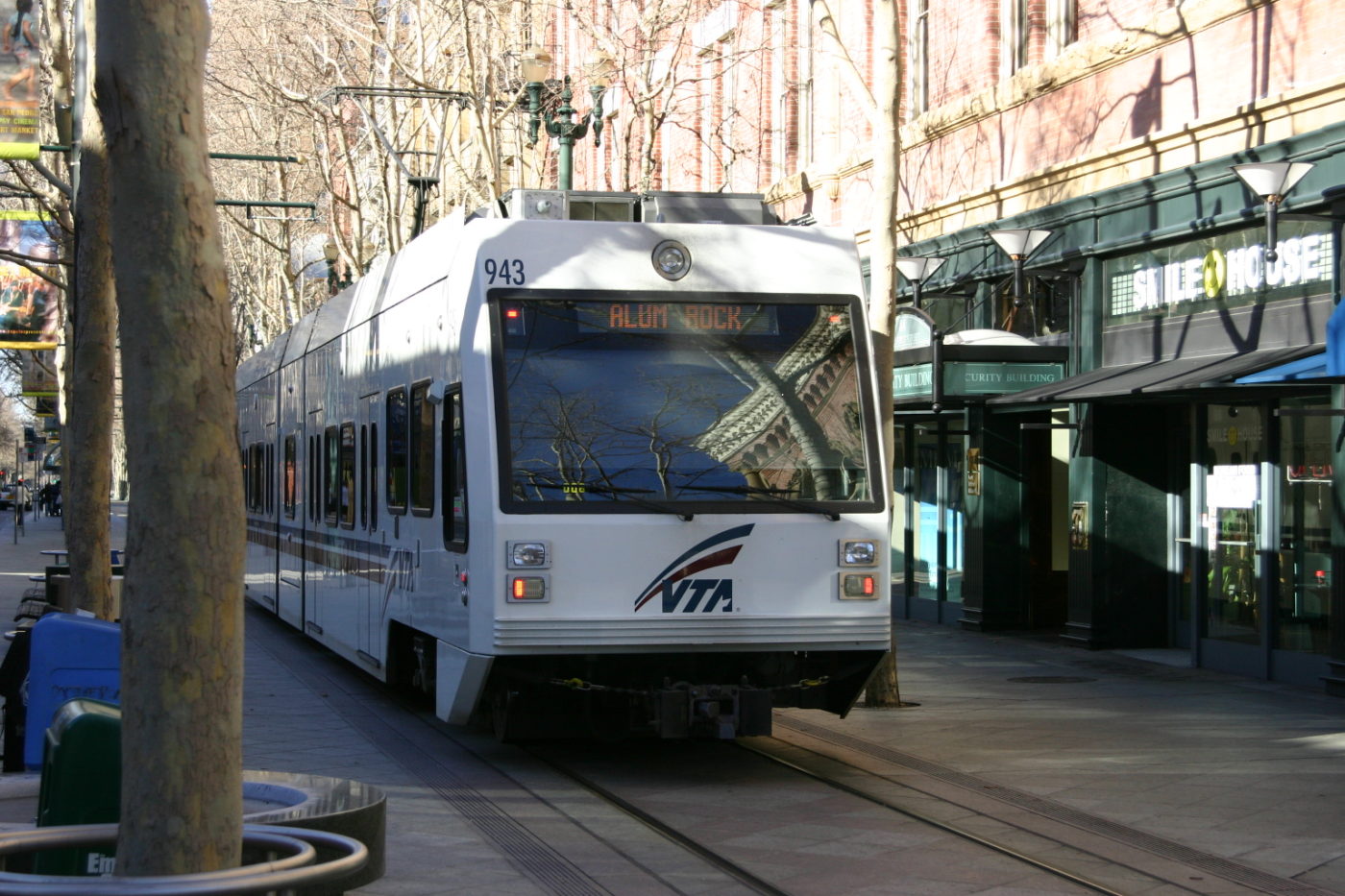On Thursday, April 7th, the VTA Board of Directors took action to adopt a strong Affordable Housing Policy (AHP) that will govern the disposition of VTA-owned land. This action sets an example for other agencies to emulate.
Huge thanks go out to VTA staff and the entire Board of Directors – particularly VTA Board Chair Cindy Chavez, Vice-Chair Jeannie Bruins, and Boardmember Sam Liccardo – for their leadership in approving such an impactful policy that will increase the stock of housing and affordable housing, and for being proactive in reaching out to the development community and our partners. We thank staff for soliciting input from the development community and for responding to the concerns we laid out in the coalition letter submitted on March 29th. (Coalition letter available here.)
Also, many thanks to all of our members for responding so quickly to our call to action, including those who attended the meeting to give testimony– staff from the Housing Trust Silicon Valley, EAH Housing, First Community Housing, Palo Alto Housing Corporation, Resources for Community Development, and MidPen Housing.
Last but not least, we want to recognize the considerable work performed by Working Partnerships and the Silicon Valley Leadership Group (SVLG) over the past two years, which paved the way for this progressive policy. In particular, we want to call out the efforts of Charisse Ma Lebron from Working Partnerships, and Zoe Mullendore and Chris O’Connor from SVLG.
The AHP is a culmination of efforts from a wide range of partners in the research, advocacy, and development community — congratulations, all, for this significant victory!
Major components of the new policy include:
Systemwide goal. The AHP established a 35 percent systemwide goal that all residential units be affordable to households earning 80 percent of the area median income (low-income households) and less. By doing so, the AHP ensures that VTA’s considerable transportation network is accessible to riders of all incomes.
Project requirement. The AHP establishes a 20 percent per project affordability requirement to low-income households (those earning 60% and less of Area Median Income). By establishing a per project requirement, rather than a softer goal, the AHP will result in mixed-income neighborhoods that will lead to increased ridership while providing much needed affordable housing for the thousands of Santa Clara County’s workers that commute long-distances to work in Silicon Valley.
Income targeting. The AHP requires that half of all affordable residential units to be targeted to households earning 50 percent of the Area Median Income and below (very low-income and extremely low-income households).
Stand alone affordable housing. The AHP authorizes Staff to allow stand-alone affordable housing developments to move forward. Moving forward with stand-alone affordable housing developments will ensure that VTA meets its goal of targeting extremely low-income and low-income households given that households that earn less than 50 percent of the area median income are only served by affordable housing developers.
Outreach process. The Board of Directors and Staff agreed to conduct outreach to the affordable housing community prior to the release of future Requests for Proposals (RFPs). SV@Home is working with VTA staff to convene a developer roundtable to allow staff to share information on upcoming RFPs.
Extended response period. A commitment by Staff to include an extended RFP response period of up to 120 days. The extended response period will allow affordable housing developers, who frequently face more financing hurdles, with enough time to develop a competitive proposal that effectively responds to the affordability and ridership goals of the AHP.
Photo: Ian Fuller via Flickr

